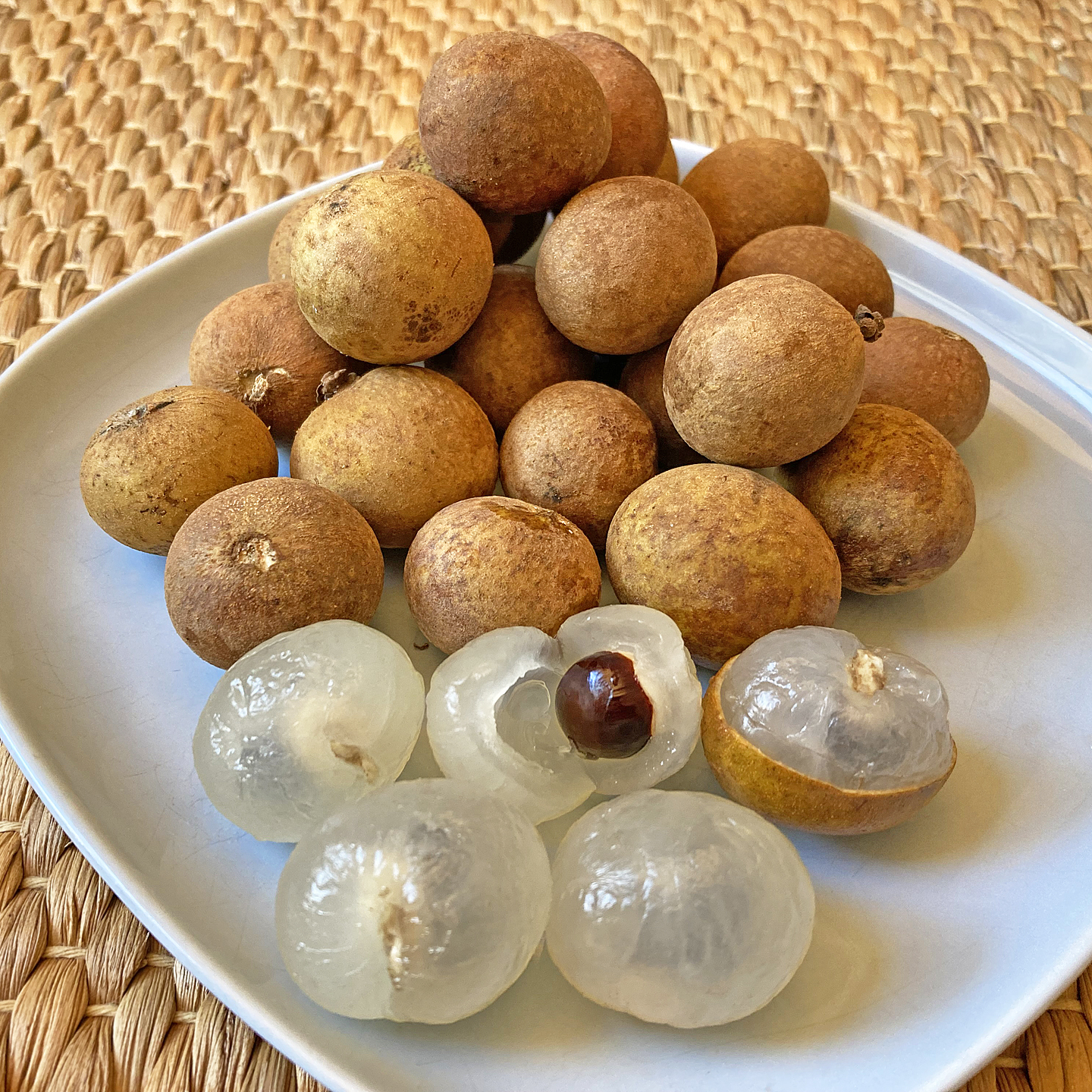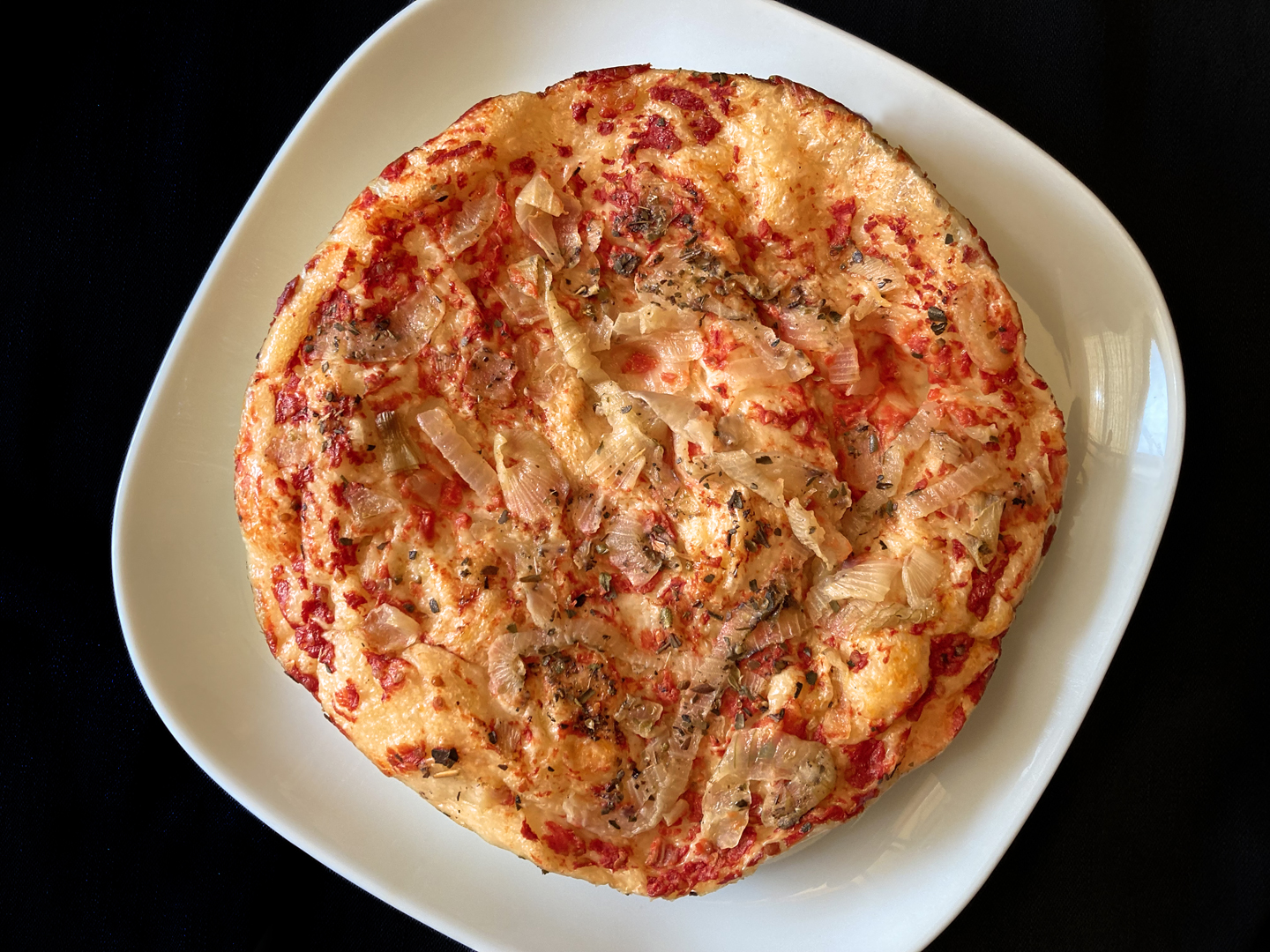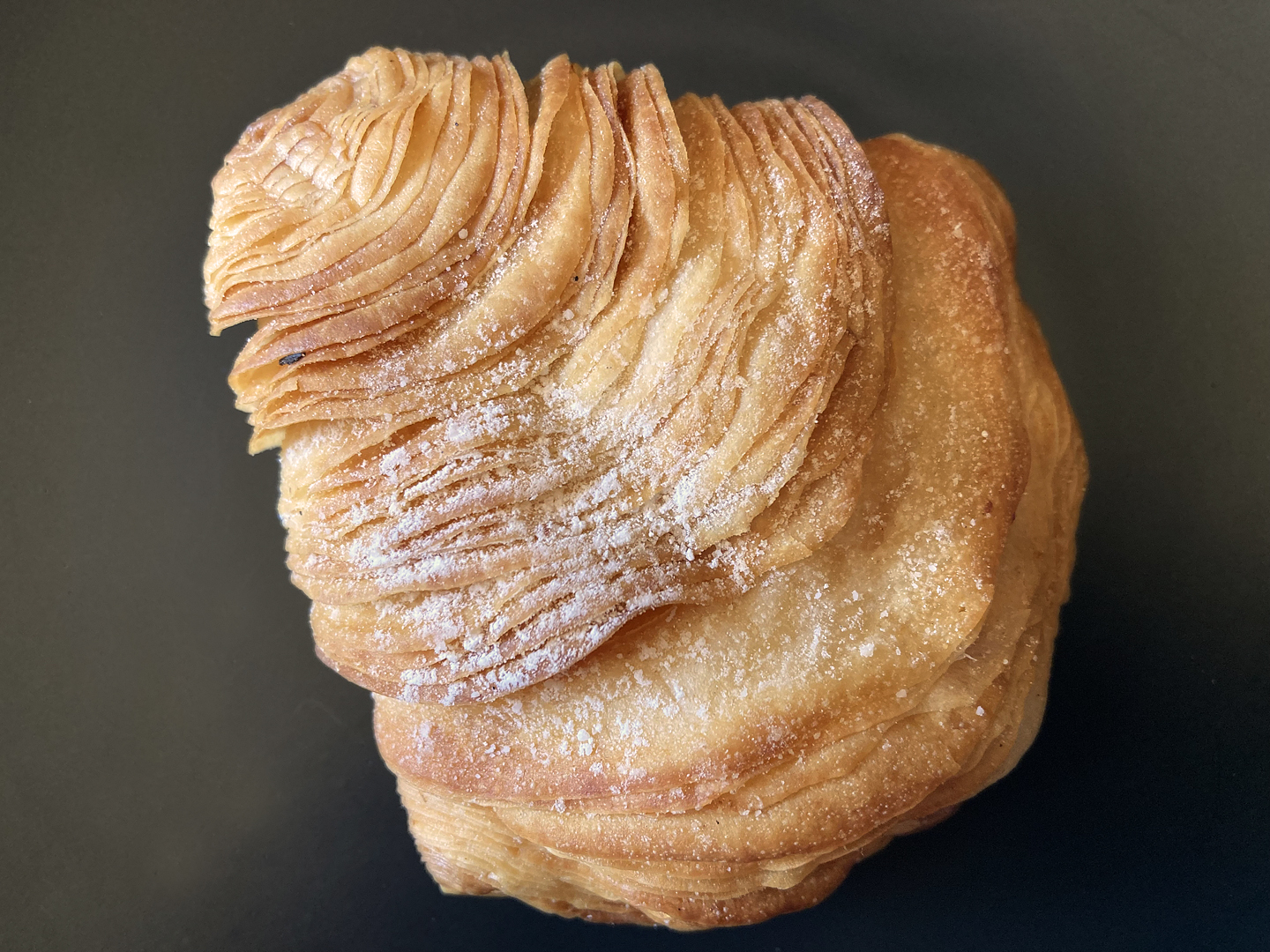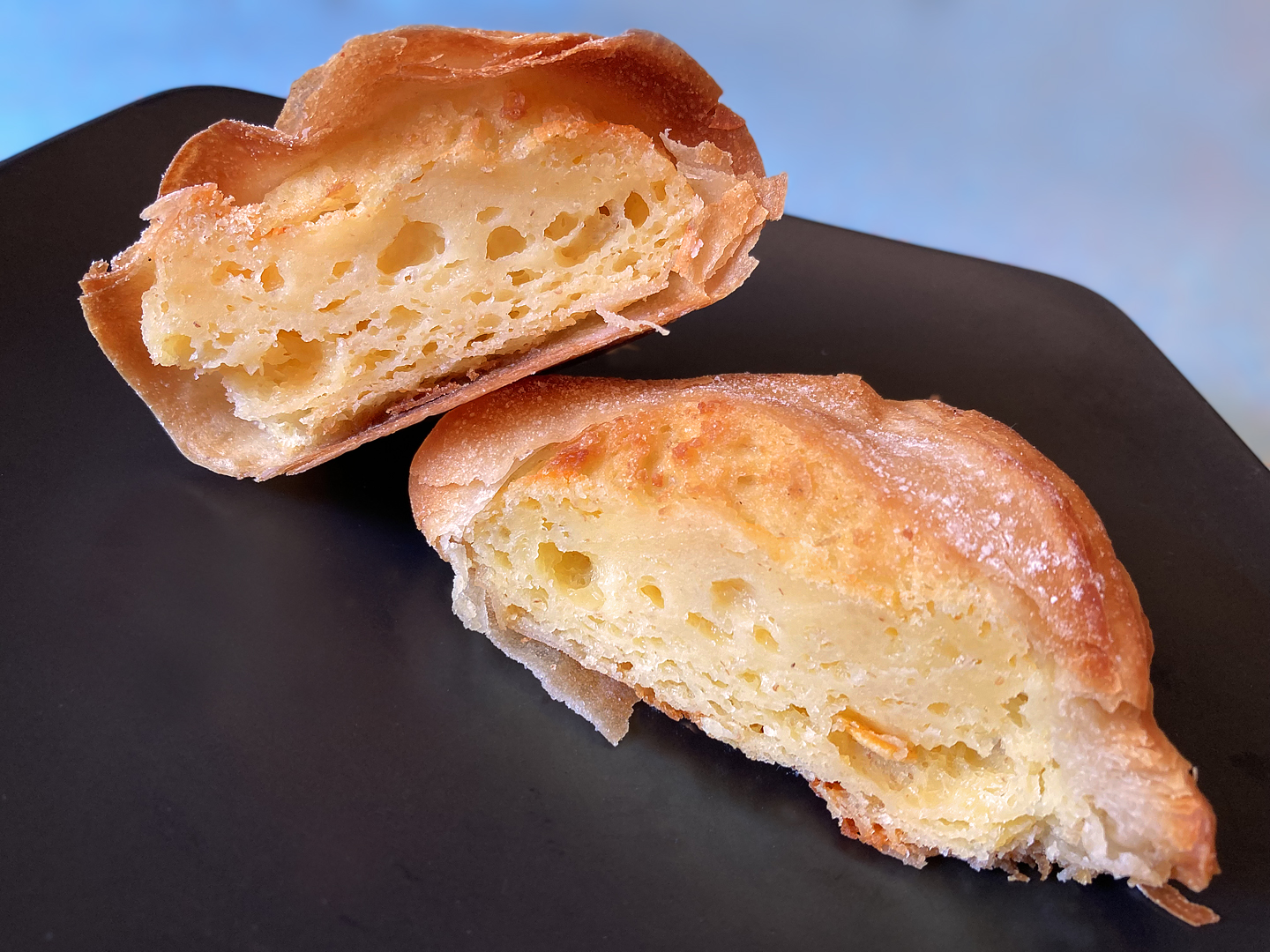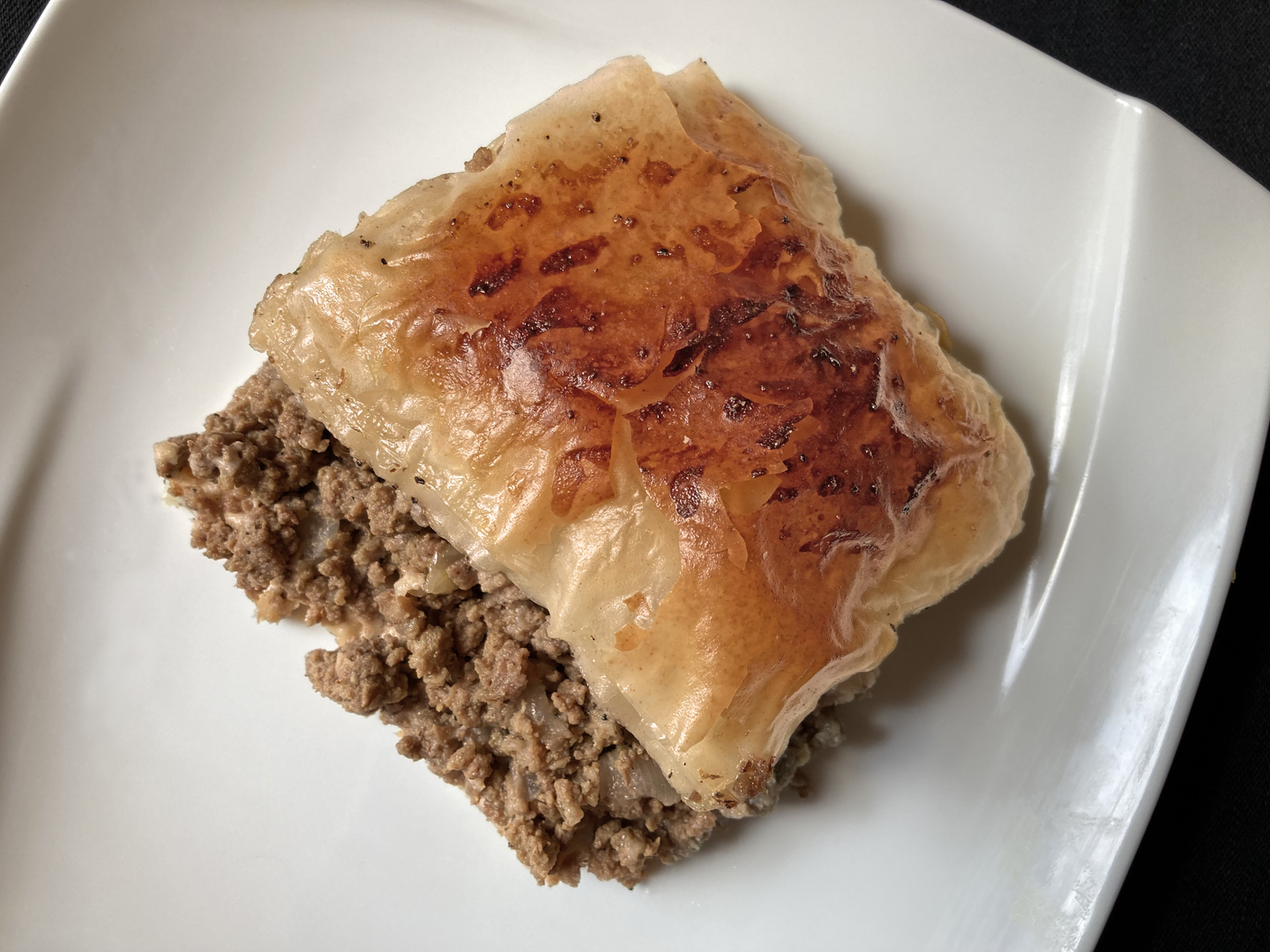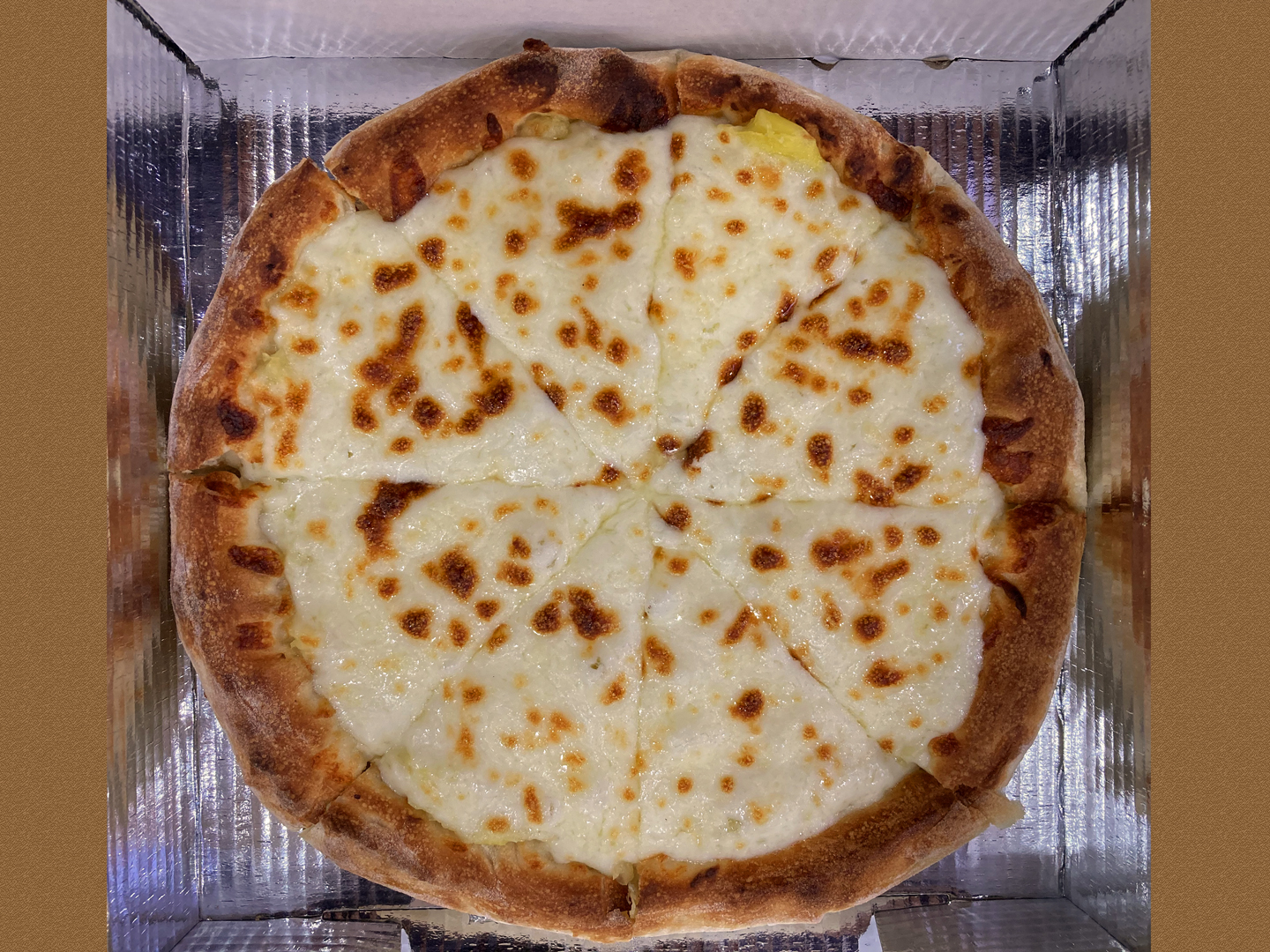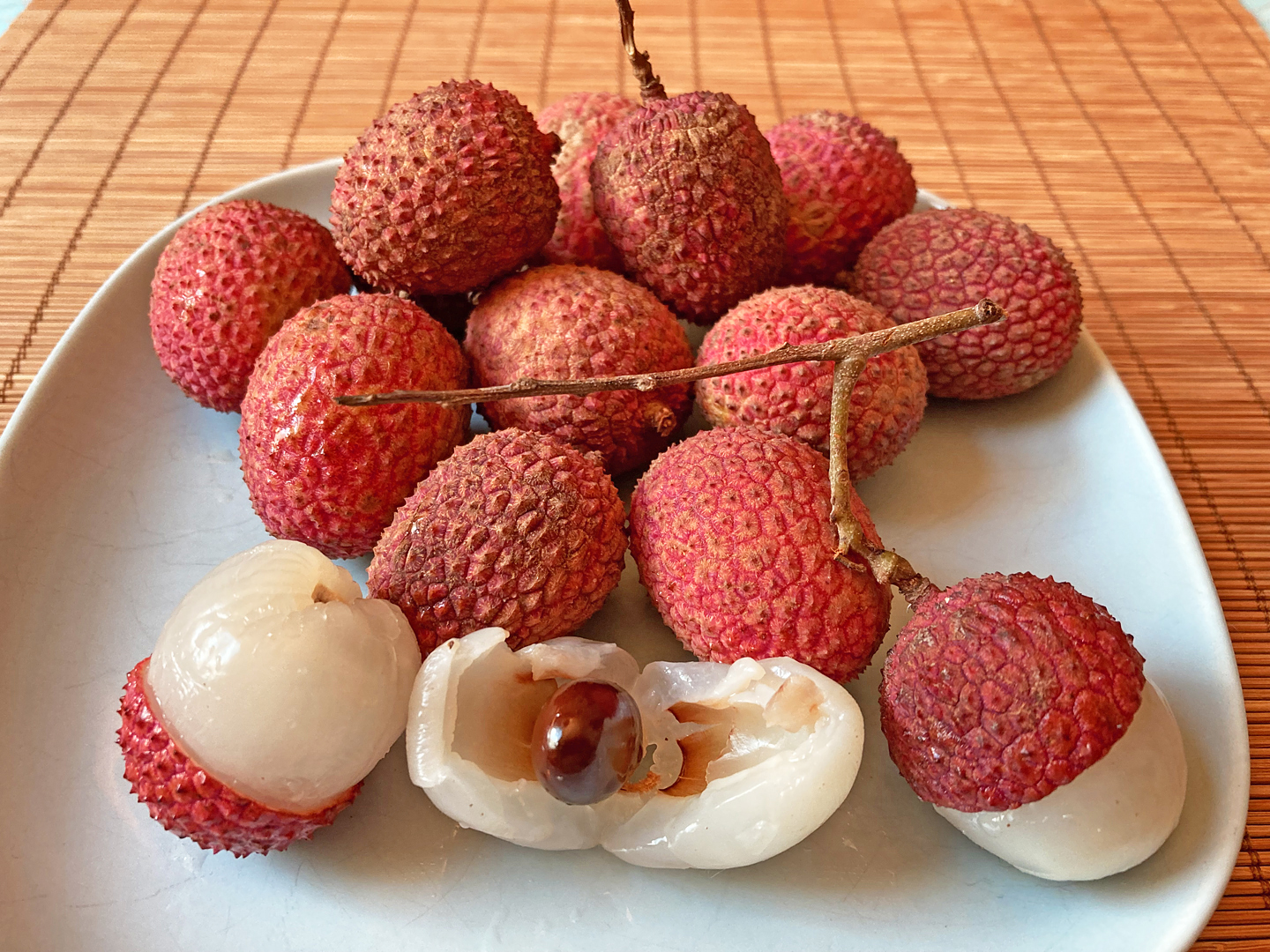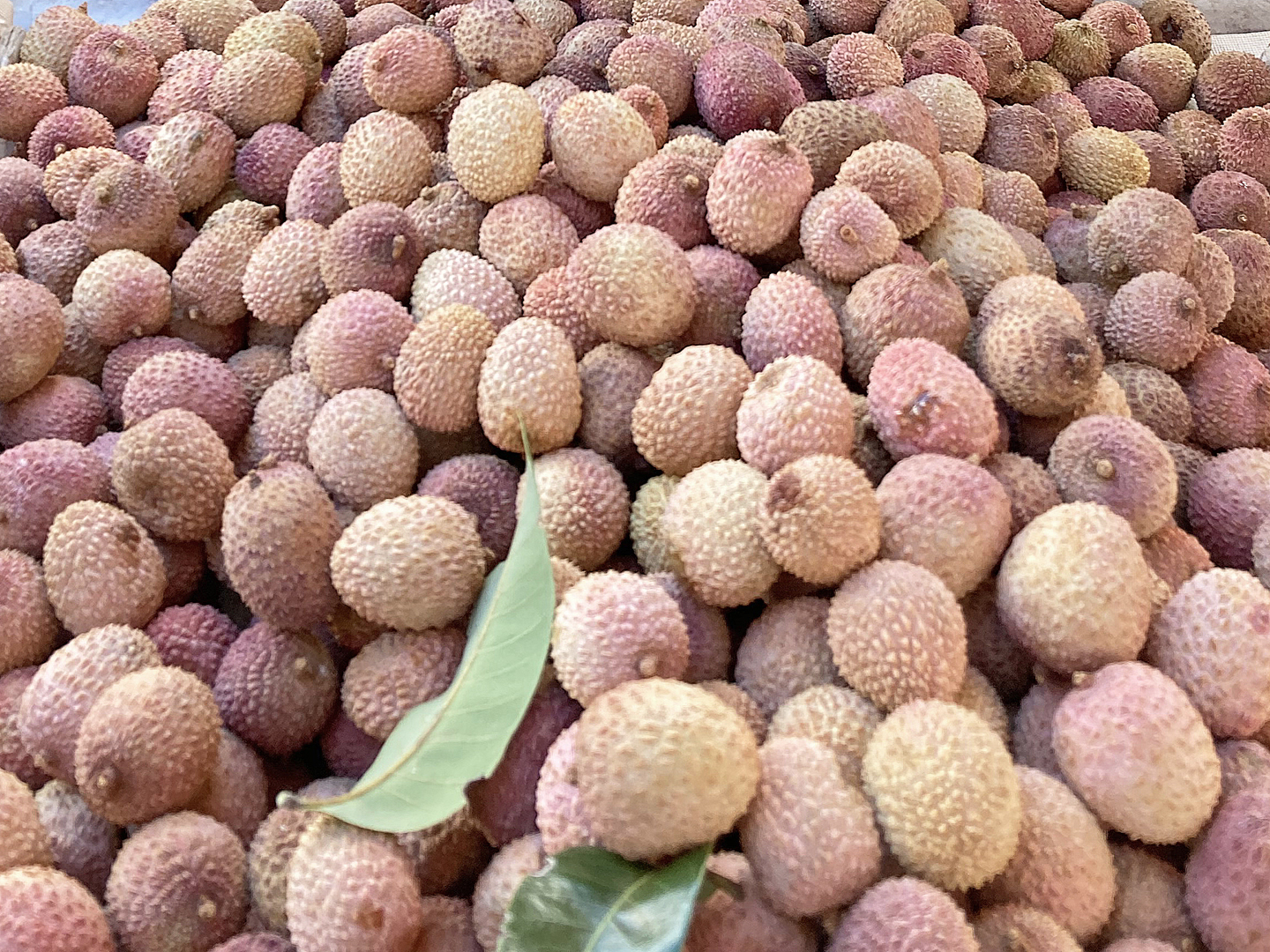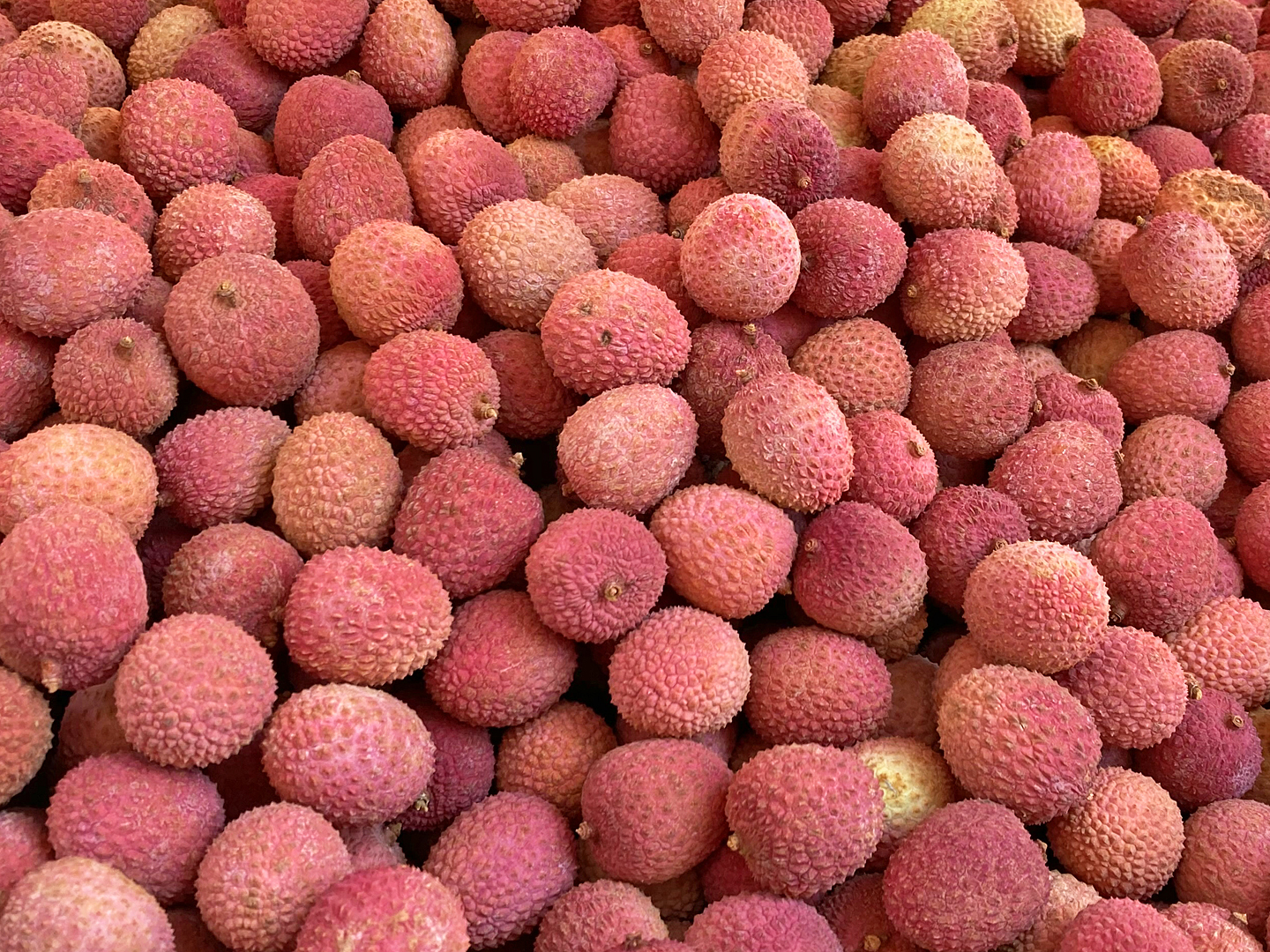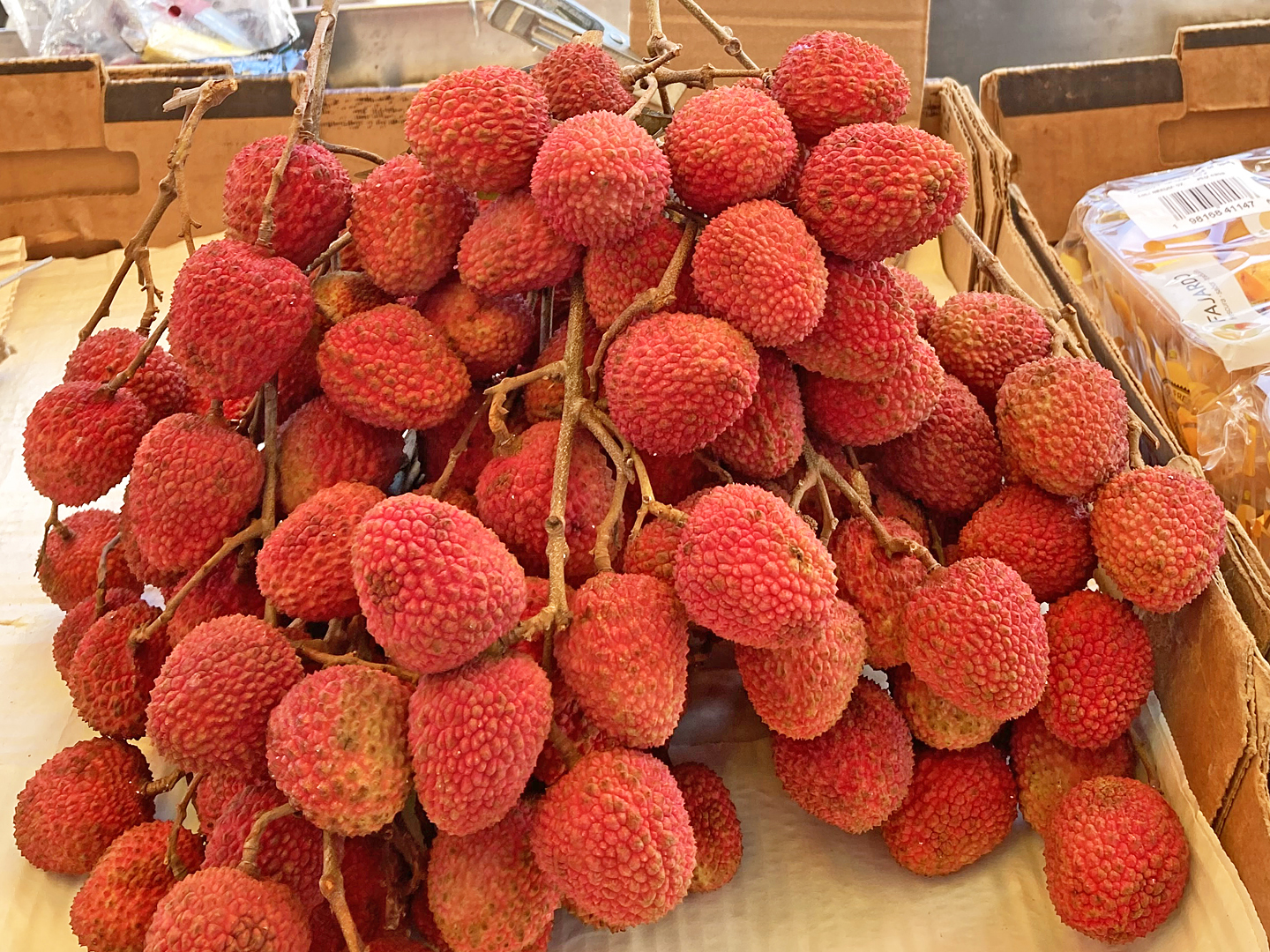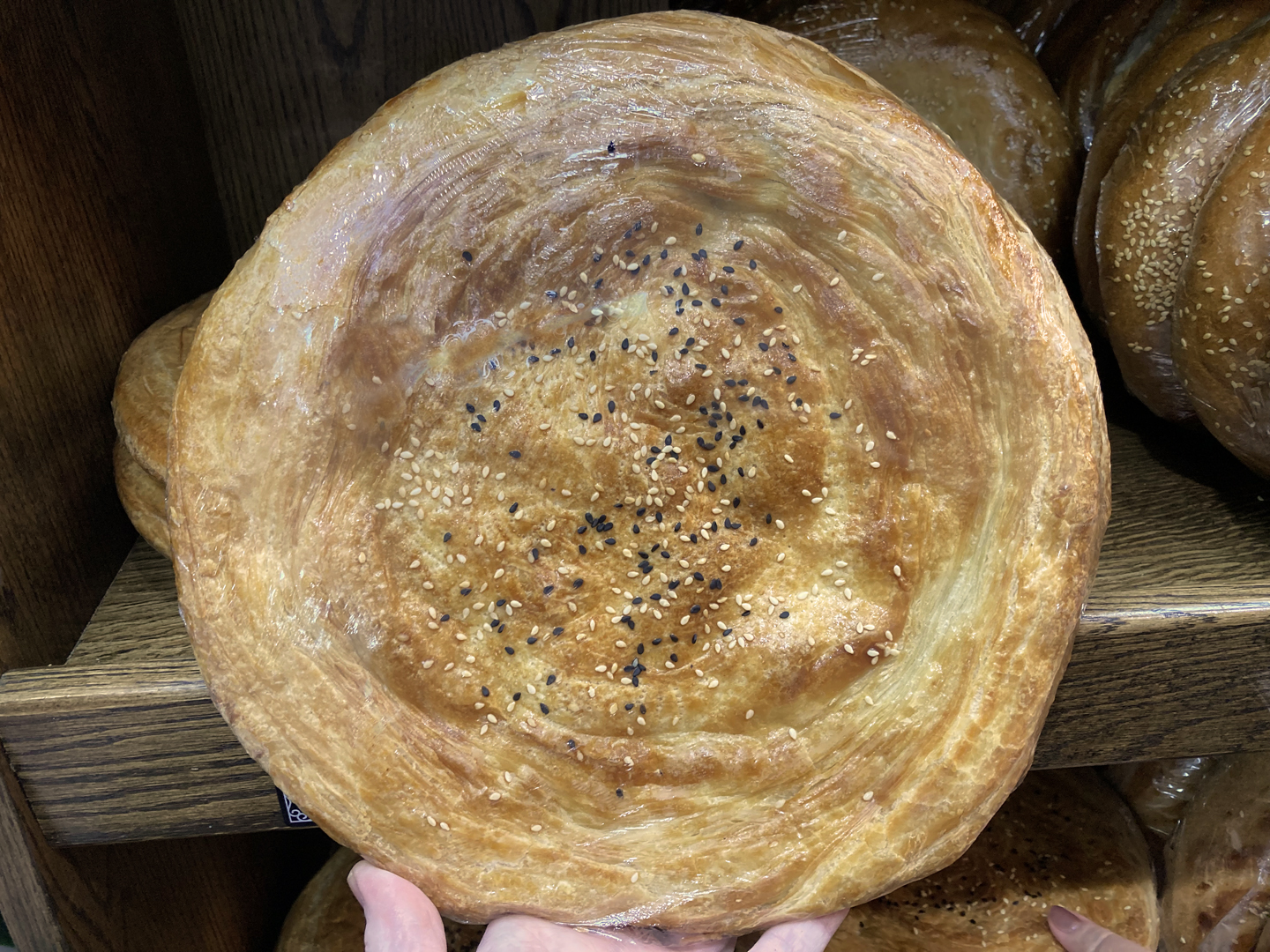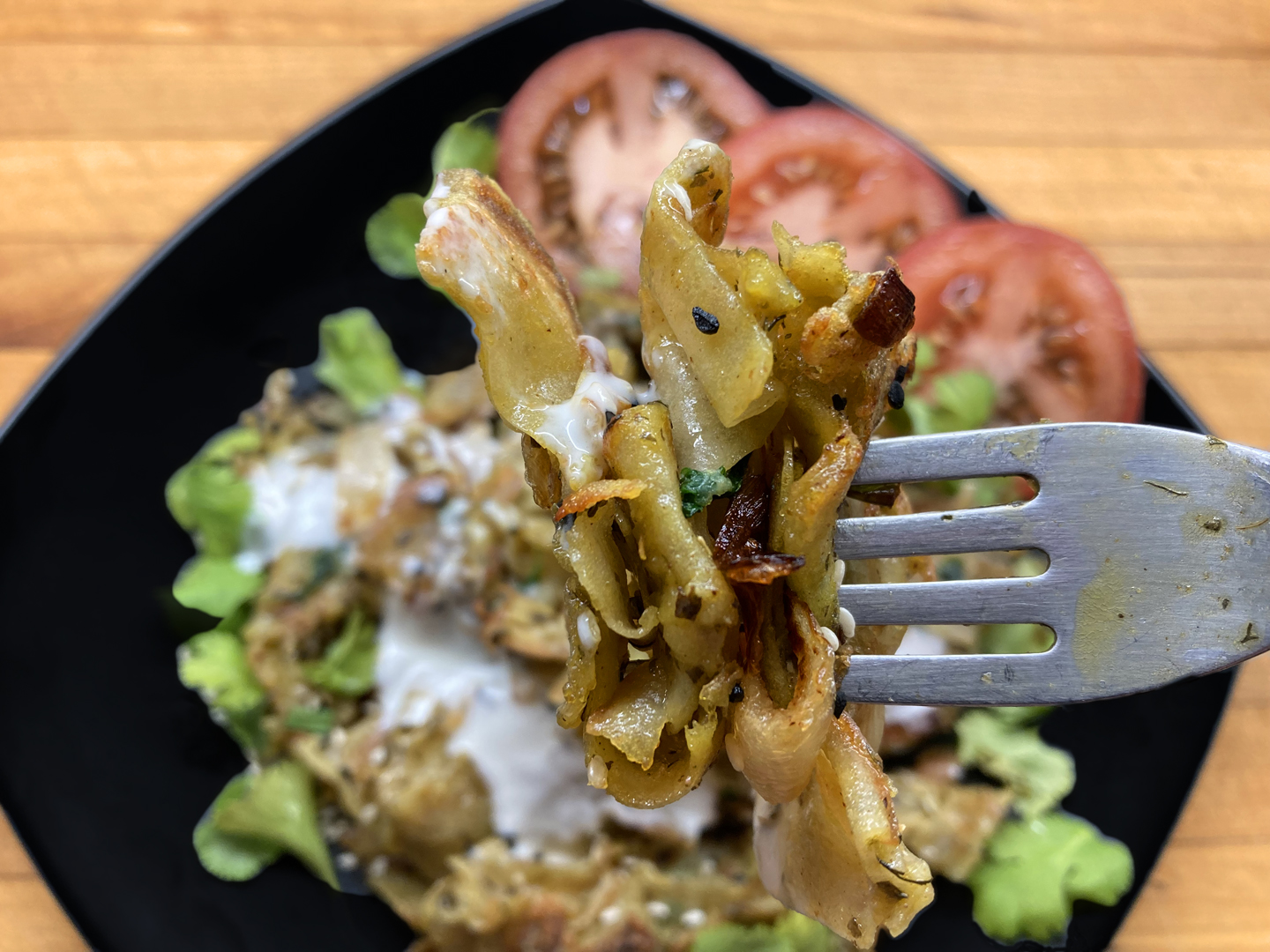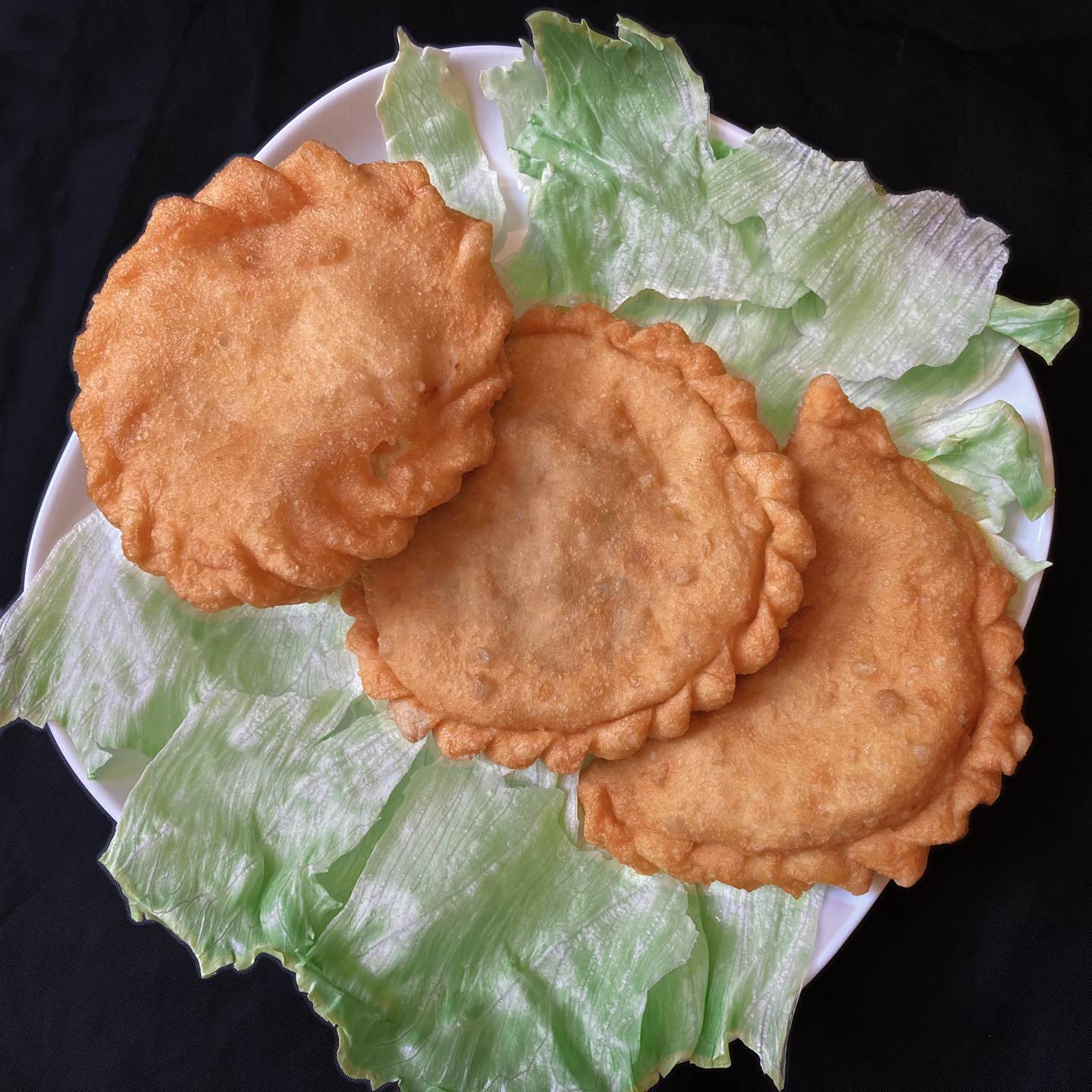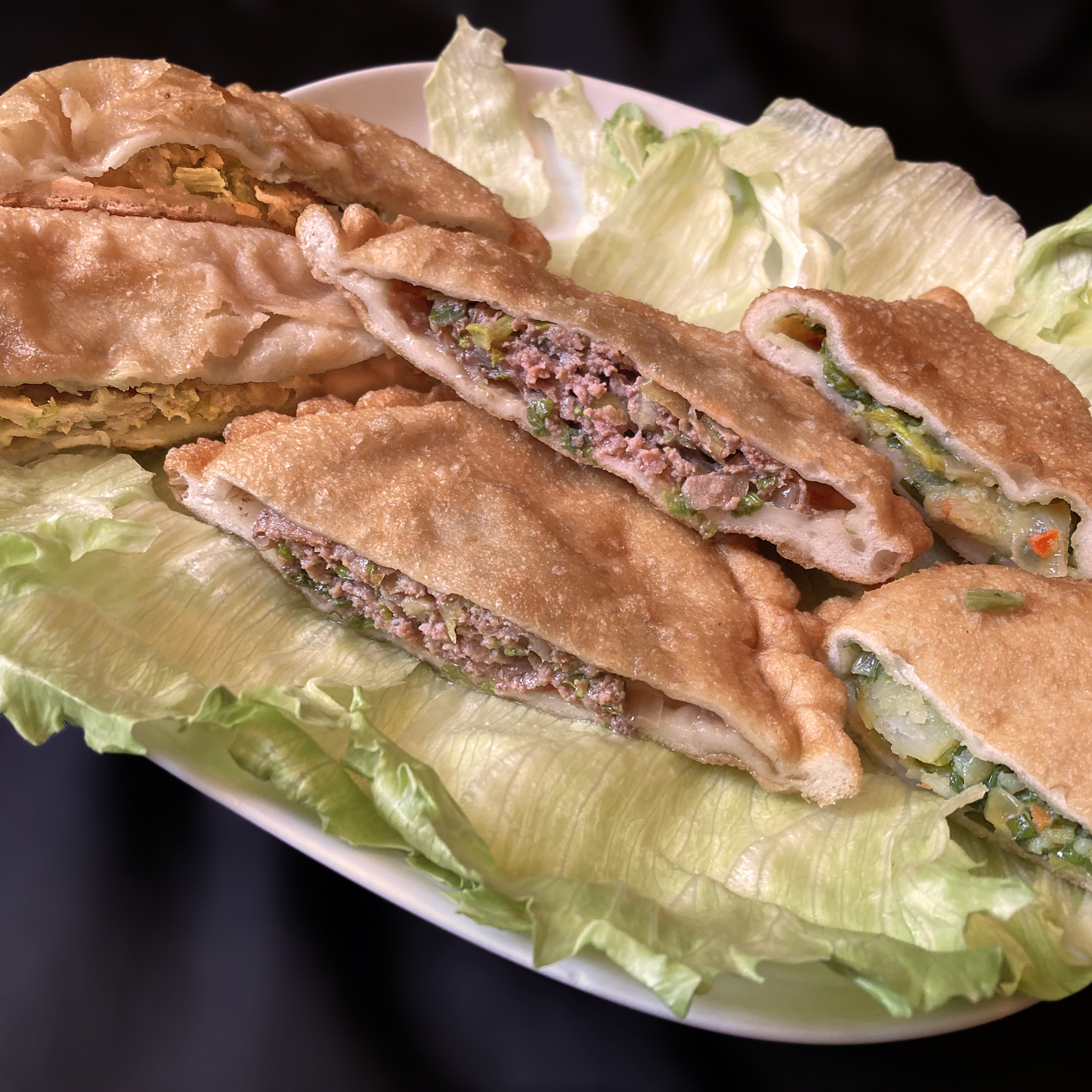(Click on any image to view it in high resolution.)
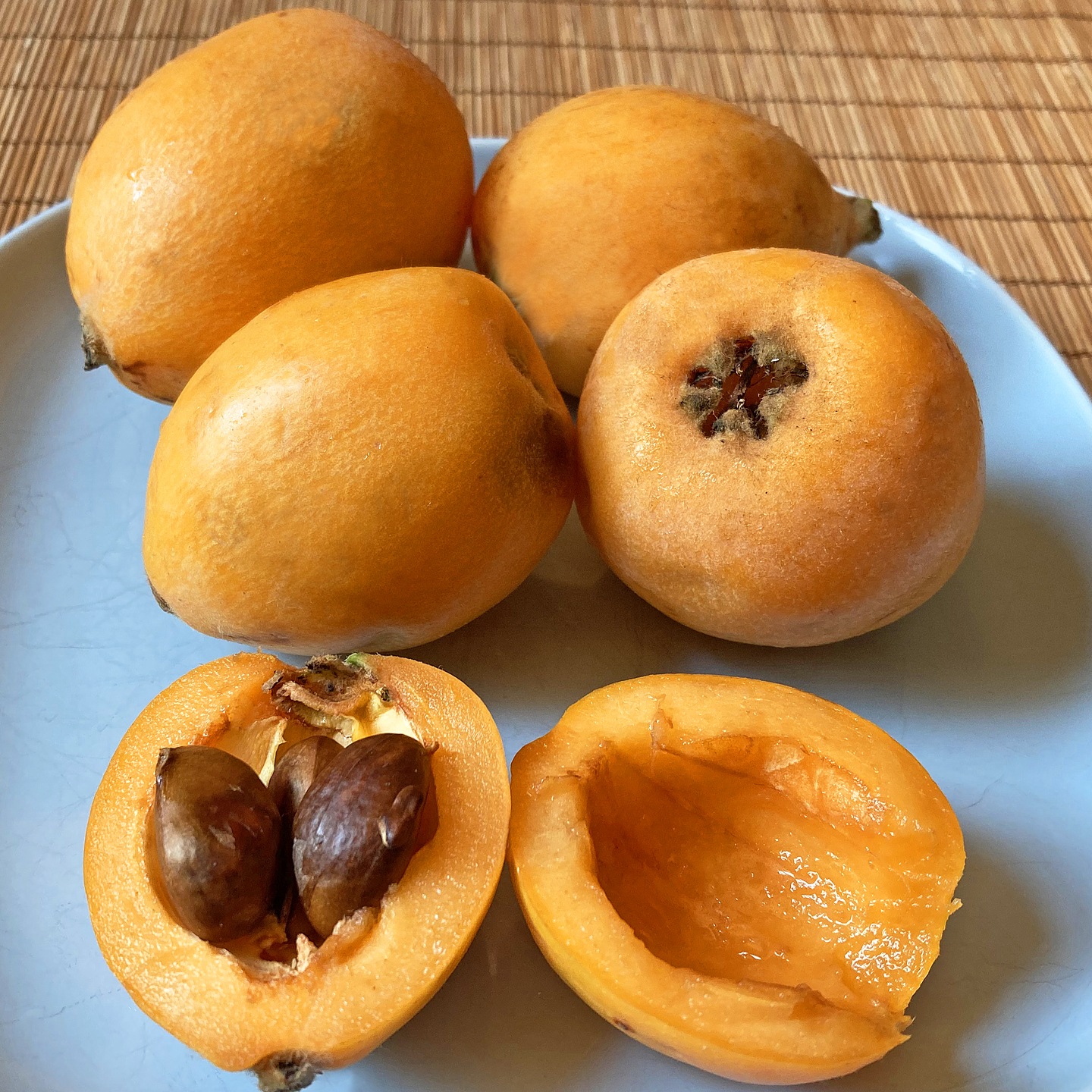
Let’s clarify something at the outset: a kumquat is a citrus fruit that looks like a miniature oblate orange. These, however, are loquats. No relation.
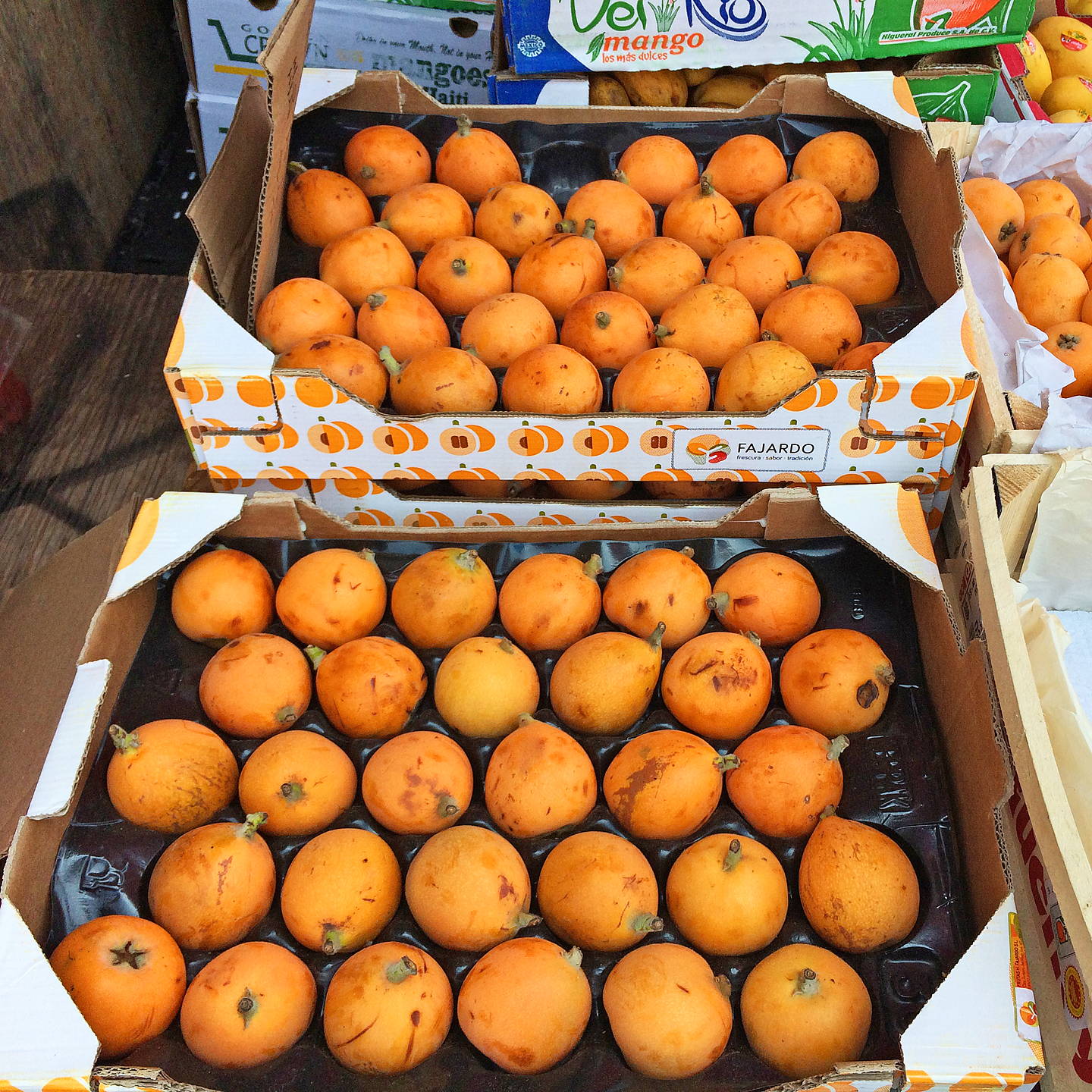
Approximately two inches long and light orange inside and out, each sweet loquat contains about three seeds. Its flavor depends on the specific cultivar, but the ones we get around here are distinctive and fairly consistent.

You can certainly consume the skin but it doesn’t have much flavor and the texture is nothing special, so since it’s easy to peel (no special equipment necessary) I tend to discard it.
Many years ago, I created a 33-slide PowerPoint presentation called the Chinatown Fruit Report. Someday I’ll convert it to a format compatible with my website but in the meantime, I still present some of its information when I lead guests along my newly revamped ethnojunket, “Not Your Ordinary Chinatown Tour.”
Want to know why it’s called that? Check it out here and sign up to experience it for yourself! And if you act soon, we can taste some fresh summertime Asian fruits at their peak of ripeness together!

